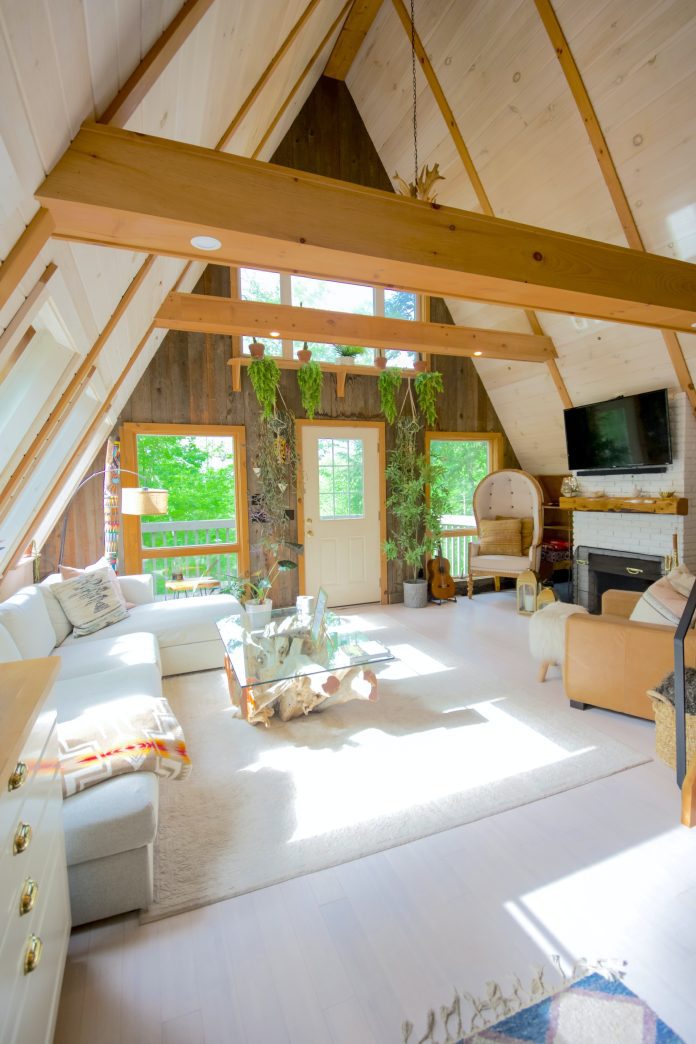The built environment in the UK – that is, the buildings and infrastructure that constitute our cities and suburbs – is one of the most pollutive sources of greenhouse gases in the nation.
Indeed, the built environment is second only to transport in climate emissions, as a combination of factors leads to historically high pollution levels.
Much of this pollution is attributed to the burning of fossil fuels in heating domestic homes, but a considerable portion is also attributed to the construction of properties. With the world heading towards a point of no return in relation to the climate crisis, urgent change has been called for across industries – and construction is no different. With the eyes of the world on the next two decades of societal development, it is incumbent on construction firms and property developers to lean into sustainability as a long-term model. But what does this look like when it comes to the building of homes?
Sustainable Materials
Many of the materials used in contemporary housebuilding are inherently pollutive and non-sustainable to boot. Plastics are an obvious example, where their oil base and non-biodegradability represent a significant resource investment with damaging environmental consequences. Concrete is another common material, and, though a financially shrewd choice for many use cases, has a significant carbon cost attached.
Sustainable materials are naturally found in renewable materials such as timber, where resources can be replenished with ease – and waste wood can be recycled or otherwise repurposed. Plasterboard is ubiquitous in domestic constructions, being a sheet material that is easy to manipulate and that possesses some unique qualities. Being a gypsum-based product, plasterboard is a kinder material than others to use.
Energy-Efficient Design
Material considerations are obviously important, but their domination of the sustainability conversation does not properly address the emissive issues at hand. While direct construction materials and methods have indelible environmental consequences, so too do the end results of that process. Poorly-designed homes may be less energy efficient, owing to poor insulation or a layout that begets draughts. The heating system installed in a given build might be weak, leading to increased usage time and increased emissions as a result.
Careful consideration at the planning stage of a domestic project can allow construction teams to directly contend with inefficient designs of the past, and implement smart solutions that minimise heat loss and maximise energy efficiency to boot.
Green Certifications and Standards
Finally, there are some regulatory frameworks that are helping to shift the tide with regard to sustainability in construction. Third-party certification systems like BREEAM (Building Research Establishment Environmental Assessment Method) and LEED (Leadership in Energy and Environmental Design) incentivise construction businesses to meet sustainability targets, with positive PR and green-led clients their reward. There are also, of course, government regulations that require a minimum standard of sustainability; as these get more stringent, so too will construction businesses eventually pivot fully into sustainability as a standard.






